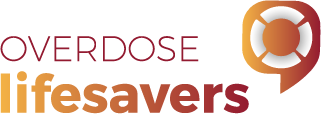Perspectives on Take-Home Naloxone
NOTE: Quotes are presented word for word apart from minor editing for readability and clarity. Identifying details have been removed. Square brackets show text that has been added or, where ellipses (three dots) appear, removed. For example, ‘Since I actually participated in this Narcan [training], I’ve administered it to two people and it’s brought them around […] I wouldn’t think twice about [doing] it. Saving someone’s life is the main thing.’
The people we interviewed for this website have different levels of experience with take-home naloxone. Some hadn’t heard of it until their interview, some know of it but haven’t used it before, while others recount many different experiences of using it during overdose emergencies. They describe how these experiences affect their attitudes to take-home naloxone. While the views of our participants vary, most say they think take-home naloxone is a necessary initiative with life-saving potential (see also, Health professionals’ reflections on take-home naloxone). This is the case both for those who primarily consume illicit opioids and for those who primarily consume prescribed opioids to manage chronic pain.


